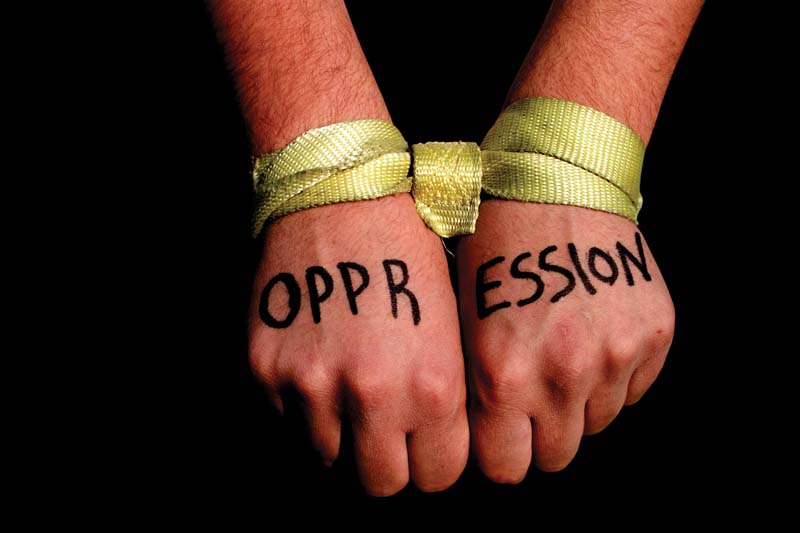Recruitment and inclusion solutions dedicated to the investment and savings industry.
+44(0)203 909 8640
Tue, September 12, 2017
Eileen Carey, CEO at start-up Glassbreakers, revealed to the BBC that colouring her hair dark and forgoing her high heels may have played a part in her success.
"The first time I dyed my hair was actually due to advice I was given by a woman in venture capital," she told HR Grapevine. “I was told for this raise [of funds], that it would be to my benefit to dye my hair brown because there was a stronger pattern recognition of brunette women CEOs."
Carey claims she was told that the investors she would be dealing with would feel more comfortable conducting business with a brunette, rather than a blonde-haired woman. She went on to add that visual recognition played a large role in her changing her appearance, adding that many candidates who interview at her company have admittedly done the same thing.
I was appalled when I read this, not because of what Carey felt she and other people may have done or felt they had to do but because it reminds me of how internalised oppression can manifest itself. It reminds me of black people straightening their hair and even family of mine who have tried skin whitening creams in order to conform to a majority vision of what they think you should look like.
Creating an inclusive environment is difficult enough but becomes even harder when it has an additional layer of internalised oppression added to the mix.

Warnford Court,
29 Throgmorton Street,
London,
EC2N 2AT
+44(0)203 909 8640
info@theoceanpartnership.com





